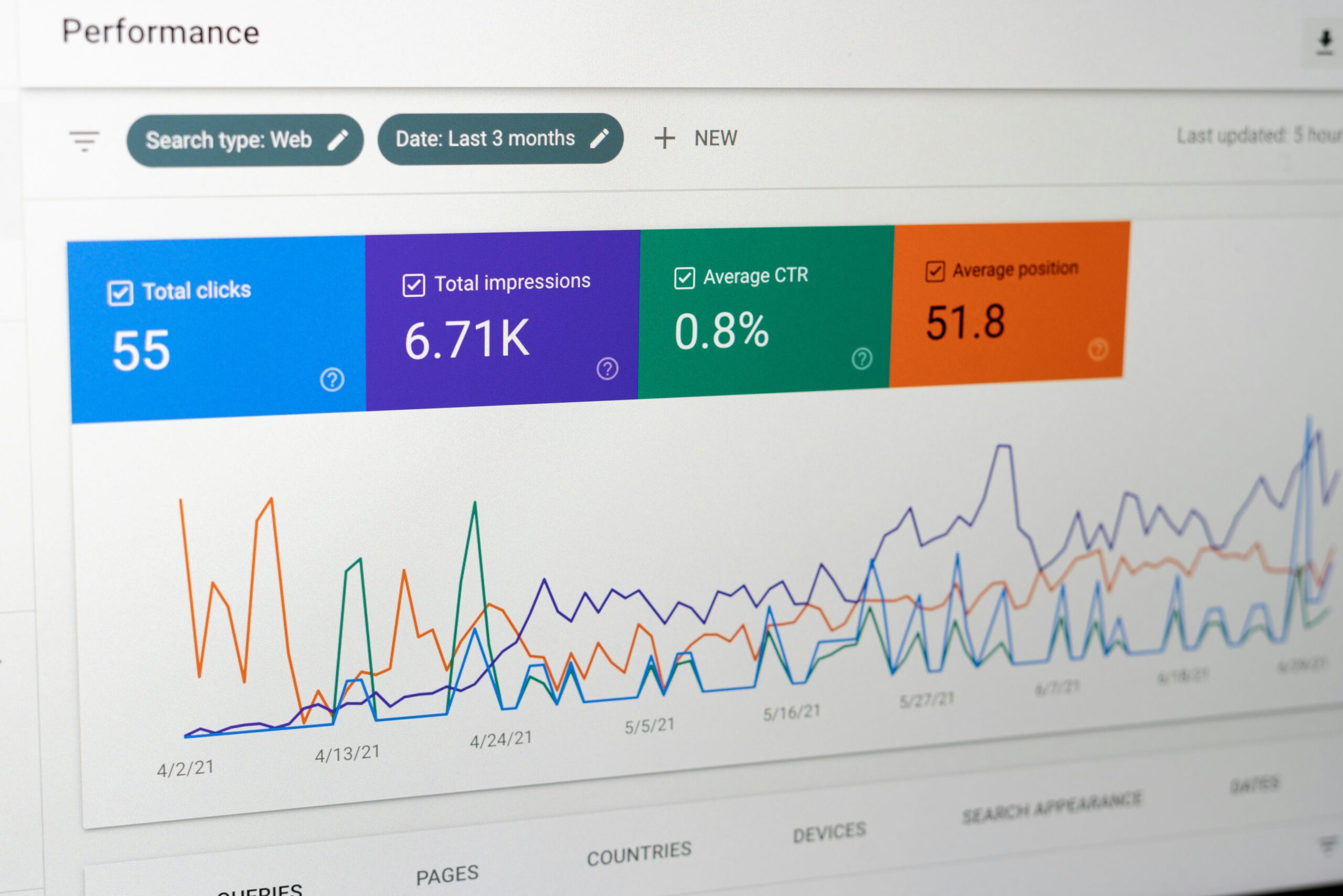Optimizing for Cross-Device Customer Journeys: A Comprehensive Guide
September 4, 2025 | by qqvmedia.com


Understanding Cross-Device Customer Journeys
The concept of cross-device customer journeys refers to the series of interactions a consumer has with a brand across various devices throughout the purchasing process. In today’s digital landscape, consumers typically engage with numerous devices, such as smartphones, tablets, and desktops, each serving different functions based on user context. For instance, a customer may first encounter a product on their mobile device while commuting, research it further on a tablet at home, and ultimately complete the purchase on a desktop computer. This multi-device behavior underscores the importance of understanding how customers transition between devices during their buying journey.
The prevalence of multi-device usage among consumers continues to rise significantly. According to a recent study, approximately 80% of consumers utilize at least two devices to complete a single task. This statistic emphasizes the necessity for businesses to optimize their strategies to accommodate these behaviors. When brands deliver a seamless experience across devices, they not only enhance user satisfaction but also increase their chances of conversion. Customers expect to pick up where they left off, regardless of the device they use, which presents a unique challenge and opportunity for marketers.
Furthermore, cross-device behaviors considerably impact customer expectations and experiences with brands. Shoppers anticipate consistent messaging and unified experiences that reflect their previous interactions, regardless of the platform. Failure to optimize for these journeys may lead to fragmented experiences, which can diminish customer satisfaction and ultimately hinder brand loyalty. As organizations strive to navigate this complex landscape, understanding the nuances of cross-device customer journeys becomes imperative to building a customer-centric approach that meets evolving consumer demands.
Key Strategies for Optimizing Cross-Device Experiences
In the digital era, optimizing cross-device customer journeys is essential for businesses aiming to enhance engagement and satisfaction. One of the foundational strategies for achieving this is to create a seamless experience across all devices. Customers should be able to transition from a smartphone to a tablet or desktop without facing barriers that disrupt their journey. This necessitates a thoughtful approach to design and functionality, ensuring that all platforms deliver a consistent interface and user experience.
Responsive design plays a crucial role in this optimization process. By employing a responsive web design strategy, businesses can ensure that their online platforms adapt to various screen sizes and resolutions, providing an optimal viewing experience. This flexibility enhances usability and reduces friction for users who switch devices during their interactions.
Utilizing advanced tracking technologies such as cookies and mobile IDs is another effective approach. These tools enable businesses to gather insightful data on customer behaviors and preferences across different devices. By analyzing this data, companies can personalize marketing efforts and create targeted campaigns that resonate with individual users, thus improving engagement rates.
Consistent branding across all touchpoints is also vital for optimizing cross-device experiences. When customers encounter uniform branding, it fosters trust and recognition, allowing for a cohesive journey. Businesses should ensure that elements such as logos, color schemes, and messaging remain consistent, regardless of the platform being used.
Additionally, a strong focus on user experience (UX) design cannot be overstated. UX design should prioritize intuitive navigation, fast load times, and accessible content. By enhancing usability across devices, businesses can significantly improve the likelihood of conversions and customer loyalty. Finally, leveraging data analytics tools allows companies to continually assess and refine their strategies, leading to informed decision-making and optimized interactions throughout the customer journey.
The Role of Data Analytics in Optimizing Customer Journeys
Data analytics plays a crucial role in understanding and enhancing cross-device customer journeys. By leveraging sophisticated tools and methodologies, businesses can analyze tracking data and customer interactions that occur across various devices. This analytical approach enables companies to gain a comprehensive view of customer behavior, offering insights into how customers navigate between channels and devices as they interact with brands.
One of the primary tools utilized in this context is Customer Data Platforms (CDPs), which aggregate data from multiple channels, providing a unified customer profile. Furthermore, web analytics platforms, such as Google Analytics, allow businesses to visualize the customer journey, identifying key touchpoints and potential drop-off areas. These insights become vital in formulating effective marketing strategies and personalizing customer experiences, thereby driving higher engagement and conversion rates.
Additionally, advanced methodologies such as cohort analysis and funnel analysis are employed to dissect customer interactions further. Cohort analysis helps segments customers based on their behaviors and provides a clearer picture of specific groups, while funnel analysis reveals the conversion rates at various stages of the customer journey. Together, these approaches enable organizations to make data-driven decisions that optimize marketing efficacy and enhance customer satisfaction.
However, organizations must navigate challenges related to data privacy. With customers becoming increasingly aware of how their data is used, it is essential for businesses to implement transparent practices. Compliance with regulations such as GDPR and CCPA is not only necessary but can also increase customer trust. To leverage customer insights ethically while optimizing their journeys, companies must prioritize transparency and secure customer data, balancing data analysis efforts with privacy considerations.
Case Studies and Best Practices
Exploring real-world case studies provides invaluable insights into the effectiveness of cross-device customer journey optimization strategies. One notable example comes from the retail industry, where a leading clothing brand leveraged responsive web design to ensure a seamless shopping experience across mobile phones, tablets, and desktop computers. By conducting extensive user testing, the brand identified pain points in its customer journey, leading to adjustments that enhanced user engagement. As a result, the company reported a significant increase in mobile conversion rates, up to 30% over six months.
In the travel sector, a major airline implemented personalized marketing campaigns that utilized data from customers’ previous interactions across different devices. Their strategy included sending personalized offers to users based on their search history, effectively guiding them from device to device. This strategic approach not only improved customer satisfaction but also resulted in a 20% increase in bookings as travelers felt more connected and understood throughout their journey.
In the finance industry, a leading banking institution adopted an integrated platform for their online and mobile services. By synchronizing data between devices, their customers could start a mortgage application on a mobile device and complete it on their desktop without losing any entered information. This level of continuity not only streamlined the application process but also boosted customer trust and loyalty, evident in their 15% rise in user retention metrics.
For businesses looking to enhance their cross-device journey optimization efforts, some actionable best practices emerge from these case studies. Firstly, prioritize user research to understand customer behavior and preferences across devices. Secondly, ensure consistency in branding and messaging to create a cohesive experience. Lastly, utilize analytics tools to track user interactions and gather insights for continuous improvement. By applying these strategies, businesses can significantly elevate customer experiences and drive better results in their cross-device engagements.
RELATED POSTS
View all


